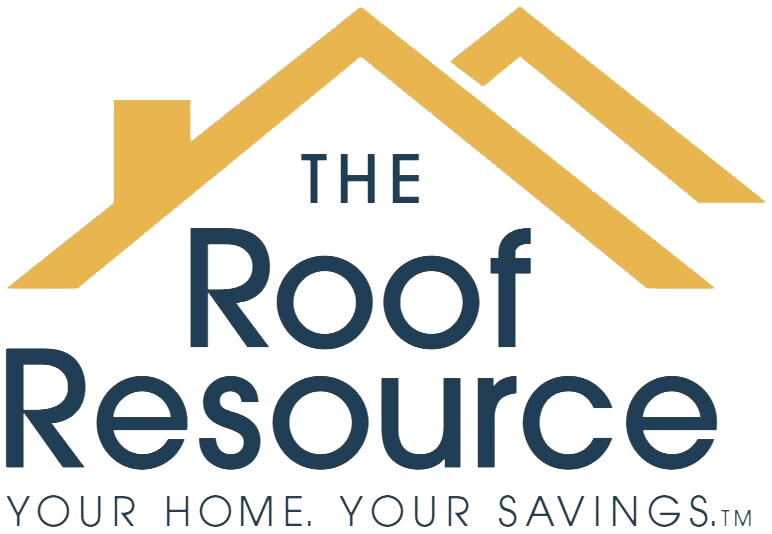Are There Different Types of Damage For Different Roofing Materials?
When it comes to roofing, no two materials are created equal—and neither is the damage they endure over time. From scorching summer sun to relentless winter storms, your roof is constantly battling the elements. And depending on whether your home is topped with asphalt shingles, metal panels, clay tiles, or wood shakes, the signs and severity of wear and tear can differ dramatically.
At The Roof Resource, we’ve seen it all—and fixed it all. As a licensed and insured roofing provider, we bring the same craftsmanship you’d expect from traditional roofing companies, but with a flat-fee pricing model that cuts your costs by up to 50%. Our mission is simple: deliver top-tier roofing solutions without the bloated price tag. No surprises, just savings—and expertise you can trust.
In this article, we’ll break down the unique types of damage that affect different roofing materials and how you can spot trouble before it turns into a costly problem.
1. Asphalt Shingles: America’s Most Common Roof
Asphalt shingles are durable, budget-friendly, and relatively easy to repair. But they’re not immune to damage—especially in climates with drastic seasonal shifts.
Common Types of Damage:
- Curling or Cupping: Often caused by age, heat, or improper ventilation.
- Granule Loss: Looks like bare spots on the shingles; usually due to hail, heavy rain, or old age.
- Blistering: Small bubbles on the surface, often from trapped moisture or poor ventilation.
- Torn or Missing Shingles: Usually due to high winds or poor installation.
Key Risk Factors: UV exposure, wind uplift, poor attic ventilation.
2. Metal Roofs: Strong, Stylish, and Sometimes Surprising
Metal roofing is celebrated for its longevity and resistance to fire and pests. But it can still suffer damage—often in ways homeowners might not expect.
Common Types of Damage:
- Rust and Corrosion: Particularly around screws and seams, especially if the protective coating wears off.
- Oil Canning: Aesthetic distortion or waviness in the panels, typically caused during installation or due to thermal expansion.
- Fastener Issues: Over time, screws can back out or become loose.
- Denting: Caused by hail or heavy debris.
Key Risk Factors: Poor installation, improper fasteners, exposure to salty or acidic environments.
3. Clay and Concrete Tiles: Elegant but Brittle
Tile roofs—both clay and concrete—are known for their classic look and impressive longevity. But their rigidity makes them particularly vulnerable to impact damage.
Common Types of Damage:
- Cracked or Broken Tiles: Caused by foot traffic, hail, or falling branches.
- Slipped Tiles: Often due to corroded fasteners or poor underlayment.
- Water Infiltration: If tiles are damaged or poorly installed, water can seep underneath.
Key Risk Factors: Tree coverage, freeze-thaw cycles, improper walking on the roof.
4. Wood Shakes and Shingles: Natural Beauty, Natural Vulnerability
Wood roofing offers a rustic charm that’s hard to replicate—but it comes with a maintenance burden and vulnerability to weather and pests.
Common Types of Damage:
- Rot and Mold: Caused by prolonged moisture exposure and inadequate ventilation.
- Splitting or Warping: Typically results from rapid changes in humidity and temperature.
- Insect Infestation: Termites and carpenter ants are known culprits.
- Fire Risk: Especially in dry climates unless treated with a fire retardant.
Key Risk Factors: Moisture retention, climate conditions, and aging wood.
5. Slate Roofs: Timeless and Tough, But Not Indestructible
Slate is one of the most durable materials available—lasting 75 years or more—but its weight and fragility present unique concerns.
Common Types of Damage:
- Broken or Cracked Slates: Usually from falling branches or foot traffic.
- Slate Delamination: Occurs when layers of slate begin to peel or flake, typically due to inferior stone.
- Loose Flashing: Water can penetrate through aged or poorly installed flashing.
Key Risk Factors: Physical impact, subpar installation, age-related deterioration.
Why Material-Specific Knowledge Matters
Each type of roofing material has its own strengths and susceptibilities. Knowing the specific threats that come with your roof can help you:
- Prevent small issues from becoming major repairs
- Understand the real cost of ownership
- Choose the right roof for your region and lifestyle
- Spot scams from roofers who don’t know the material well
That’s where The Roof Resource comes in. With our transparent pricing and deep knowledge across all major roofing types, we help you make the smart, informed decision—without paying inflated contractor markups.
Final Thoughts: Damage Happens—But Overpaying Shouldn’t
Roof damage is inevitable over time, but paying double for repairs or replacements shouldn’t be. Whether your roof is curling at the edges, collecting moss, or just showing its age, our team at The Roof Resource is ready to help.
✅ Licensed & insured
✅ Flat-fee pricing—save up to 50%
✅ No pushy upsells, just honest service
✅ Expertise across asphalt, metal, tile, wood, and slate
Let us help you protect your home and your wallet. Get in touch today for a no-obligation quote, and see why more homeowners are switching to smart roofing with The Roof Resource.

